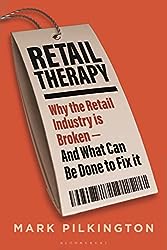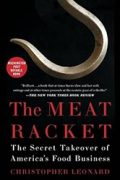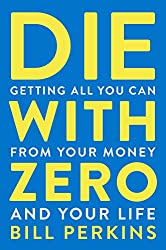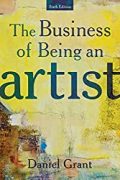
Rating: 7.7/10.
Retail Therapy: Why the Retail Industry is Broken – and What Can Be Done to Fix It by Mark Pilkington
Book written by a retail executive from the UK, about the business of retail. The first section discusses the decline of numerous retail chains during the 2010s, such as the downfall of Toys R Us. This has been the trend across many sectors and countries, and the author gives many examples of failing malls and chains. The collapse of one store within a mall triggers a chain reaction that impacts others negatively. The decline of retail has been particularly devastating in rural regions, leading to the loss of many jobs that may never return — the shift to e-commerce has created higher-paying jobs, but these are concentrated in a few urban areas, and demand greater skill, so they cannot really replace the lost jobs.
The second part of the book talks about problems with the traditional retail business model, which has been losing ground to e-commerce. The classic retail model originated with the ascent of mass manufacturing in a globalized system — the first time in history when lots of material goods were available to consumers. Many stores consolidated into larger entities, and introduced self-serve to cut costs and offer products at lower prices. However, in recent times, e-commerce has been offering a wider selection and a more convenient consumer experience. E-commerce also enjoys structural economic advantages due to its lower fixed costs compared to traditional retail stores, which must pay high mall rents, especially if they stock a wide range of physical products.
Part of the change is also generational: millennials and GenZ’s have different attitudes toward retail. They are more cautious about spending and debt, given their relatively lower income compared to older generations. They are more comfortable with technology and buying things online. With limited space in their homes and less ability to afford property, they find it more practical to buy fewer physical items, instead preferring to spend on experiences; whenever possible, they prefer renting and temporary ownership over buying. They also place less emphasis on brand loyalty and rely on online reviews to assess product quality.
Technological advancements have favored e-commerce, such as improvements in last-mile delivery, predictive modeling for customer behavior, and technology stacks that allow for small e-commerce ventures to get started very cheaply. Larger traditional retailers have struggled to adopt these technologies, often resorting to cost-cutting measures and introducing questionable products like store credit cards just to stay afloat. Unless corrected, this downward spiral will ultimately lead to bankruptcy.
The third part of the book offers advice to retailers on how they should adapt to the changing landscape. Instead of fighting against the fundamental advantages of e-commerce over traditional retail, retailers should recognize and adapt to these differences. They should “cannibalize” their own business by developing their own e-commerce platform, else they will lose to e-commerce competitors.
Retailers should also prioritize their brand identity and design their stores accordingly. Stores are no longer just places to sell physical goods. Younger people value authenticity, environmental sustainability, and positive impact, so retailers should align with these values rather than merely focusing on product sales. Declining towns and malls should revitalize: offer unique and engaging fun or cultural experiences to draw people in.
The problem with traditional retail is the cost of keeping inventories within physical stores. It’s better to embrace a lean model where customers place orders for items in-store, and then those items are shipped directly to their houses. In the conventional retail model, several steps add value and increase the price: the brand attaches a label, the retailer adds an additional markup, so the price paid by the customer is many times the manufacturing price. By bypassing the retail step, the direct-to-consumer approach leads to lower prices. This strategy is especially effective, for younger consumers that care less about branding than previous generations.
Overall, I enjoyed this book, as it provides lots of insights about retail and highlights the challenges of running a retail business. The author, an experienced executive in the retail sector, has many ideas about what is wrong with retail and proposes strategies for improvement. However, the book frames it as a battle between traditional retail and e-commerce: it tells a narrative where e-commerce is growing, and traditional retail is in decline due to e-commerce competition. But reality is more nuanced, and the author doesn’t delve much into why some retail brands have done better than others, or why some e-commerce businesses have been struggling (eg: Wish). Thus framing it as a competition between retail and e-commerce is an oversimplification.
The author is very optimistic about technology and believes it can address the limitations of e-commerce, such as faster shipping with drones and and AI to find clothes that fit. But in reality, these technologies are nowhere close to mass adoption. Traditional retail holds an advantage in many cases, such as convenience and speed and trying on physical clothing in a store, which the author doesn’t acknowledge.



